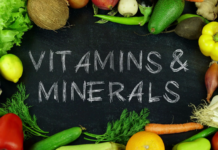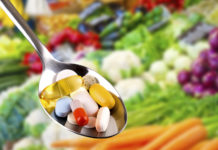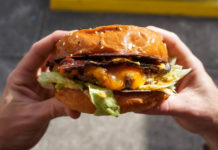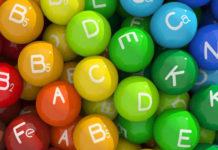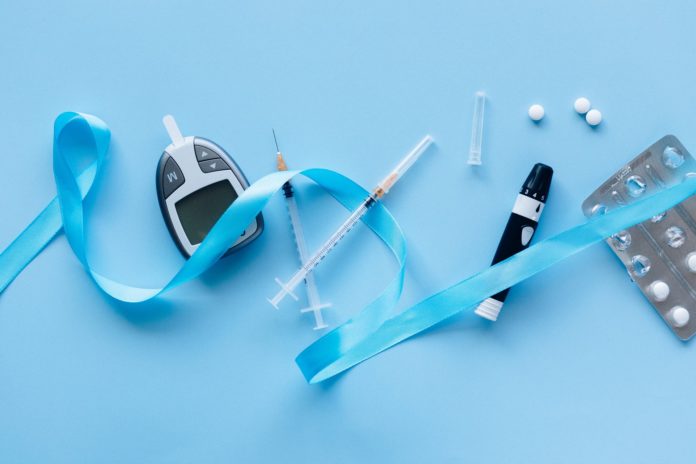Foods that rapidly release glucose rate high on the glycemic index (GI). Foods that slowly release glucose are low on the glycemic index. Mixing high and low GI foods can result in a moderate glucose release. The glycemic index, or GI is a measure of glucose (blood sugar) level increase from carbohydrate consumption.
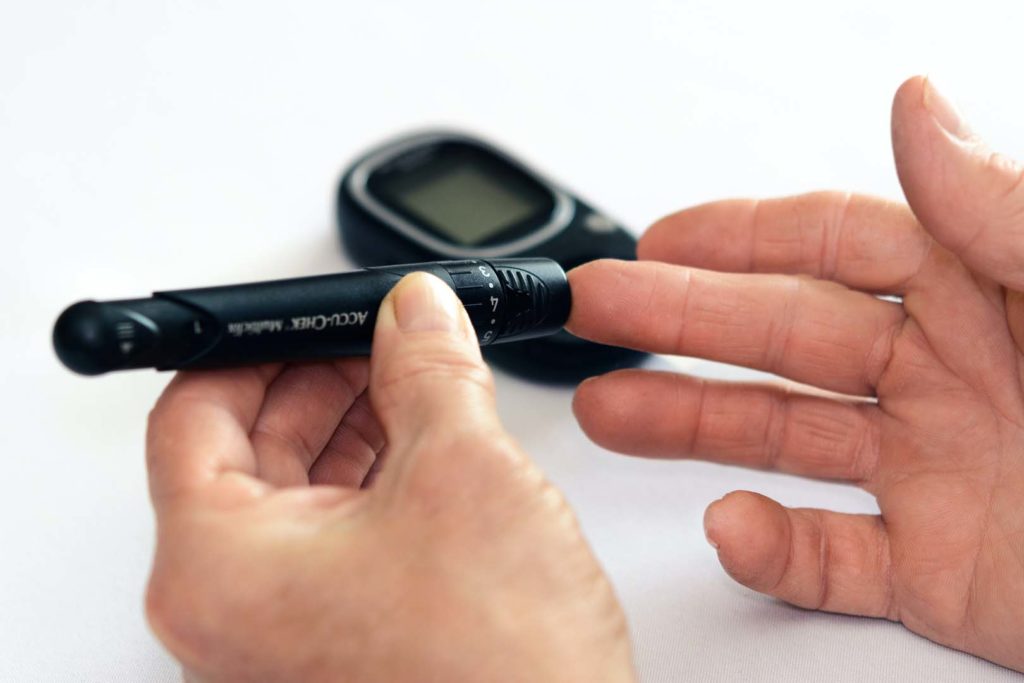
Foods raise glucose to varying levels. The GI estimates how much each gram of available carbohydrate (total carbohydrate minus fiber) in a food raises a person’s blood glucose level following consumption of the food, relative to consumption of glucose. Glucose has a glycemic index of 100, by definition, and other foods have a lower glycemic index.
Glycemic index is defined for each type of food, independent of the amount of food consumed. Glycemic load accounts for the amount of food consumed and is calculated in terms of glycemic index. But the GI rating alone does not give you all of the information you need to determine a food’s effect on your blood sugar.
It only tells you how quickly the carbs in a food should turn into sugar in your blood. The glycemic load or GL tells you how much of that carb the food contains. And of course the amount you eat of that particular food is also a huge factor in the rise of your blood sugar.
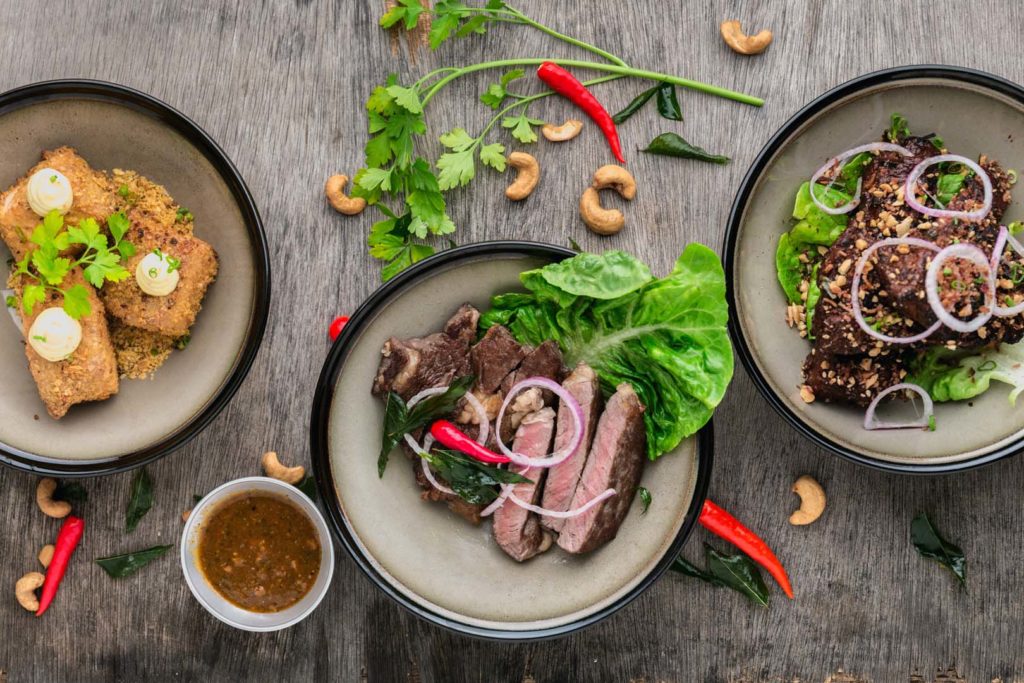
Foods ranked low on the GI scale release glucose slowly and steadily without a sudden spike of glucose in the blood. A spike in glucose results in a large insulin release, which is more likely to store glucose as fat rather than use it as fuel.
Plus a high release of insulin often results in a rapid drop in blood sugar, causing hunger. So you eat candy. Your blood sugar spikes. Insulin is released. Your blood sugar drops. You eat more candy. The sugar rollercoaster ride begins.
It is important to remember that the GI scale is simply a comparative scale; it compares one food’s blood glucose response to another. There are many other factors to consider when choosing your food. Start with the basic question. Is this food dense with nutrients? So read the ingredient label of the foods you aim to purchase.
© Copyright – Hector Sectzer





